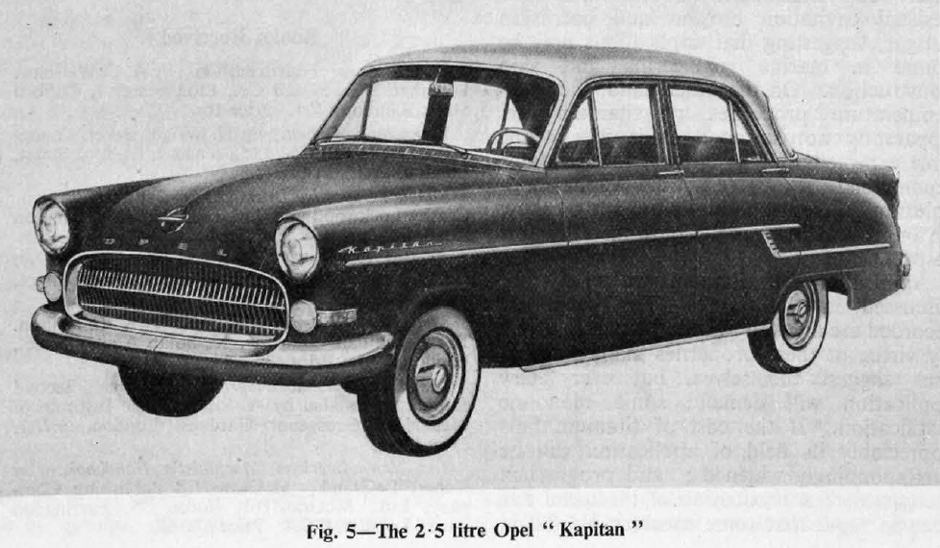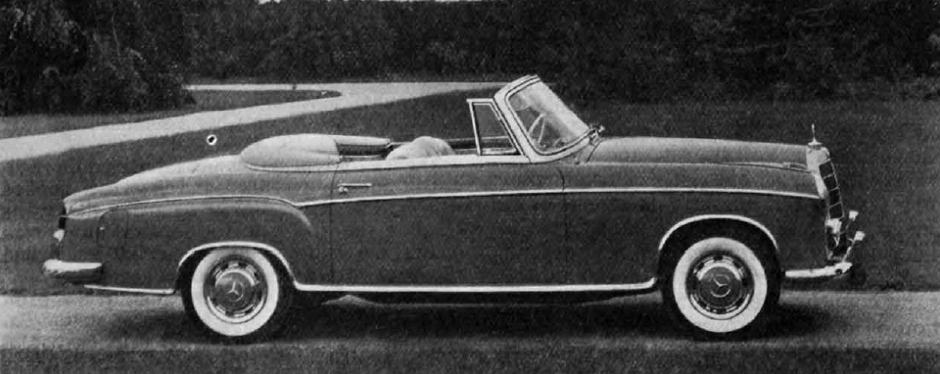The UK’s strong showing at the 1956 Geneva Motor Show failed to mask a self-inflicted malaise befalling Britain’s carmakers
The 2018 edition of the automotive showcase witnessed over 110 world and European premieres alone, along with 180 exhibitors displaying their wares. By contrast, and just over a decade after the end of the Second World War, the 1956 show hosted 82 makes of car with the UK contributing 29 models to the line-up.
“This impressive number indicates that the British motor industry is fully aware of the importance of the Swiss market and, generally speaking, of the necessity to increase its export drive on the Continent,” wrote The Engineer’s correspondent.

But while the UK had the numbers, they did not necessarily have the products that would allow them to compete with European manufacturers, specifically those from a resurgent Germany, which was ‘probably the greatest motor exporter of the world’ by 1955.
Volkswagen in particular was singled out for reinvigorating market interest in its pre-war ‘people’s car’ – known latterly as the VW Beetle – by building up an organisation, offering cheap and easily available after-sales service and fixed-price maintenance, thereby establishing a dealer-to-customer relationship equal to the best American standards.
“Further, cleverly conducted propaganda has greatly assisted in eliminating any inferiority complex the owner of a small, inexpensive and not particularly stylish car might feel, by stressing such points as unfailing reliability, longevity and so on,” wrote our correspondent.
At the time of writing, VW were producing around 1,400 Beetles a day and had sold approximately 50,000 to Swiss customers alone. In 1947 Britain sold 8,257 cars to Switzerland (30 per cent of demand) but by 1953 this had dropped to 11 per cent and remained around that figure in the following two years due largely to the reappearance of continental competition. According to our correspondent, British firms were making too many different models – overlapping one another in price, appearance and performance – that were competing in a restricted market. Furthermore, the multiplicity of vehicle types made it difficult to build up an efficient sales and service organisation because dealers were reluctant to maintain more than an essential stock of spares.
“Ford and Vauxhall (represented by their American parent companies), which, by the way, account for about 75 per cent of all British exports to the European Continent, head the list of British importers to Switzerland, their combined sales exceeding the sales of all other British firms by about 50 per cent,” added our predecessor. “It must be mentioned, however, that GM and the Ford Motor Company, which also distribute the products of their German subsidiary companies, seem to find less sales resistance in selling the German makes than the British ones.

“The Swiss Ford Company, for instance, last year sold 10 per cent more units of the Taunus than of four British models, and the General Motors Corporation sold eight-and-a-half times as many Opels as Vauxhalls.
“This rather striking discrepancy is partly due to the fact that many accessories and components, especially in the electric equipment, are to a great extent standardised on the Continent, so that spare parts and service facilities are available almost everywhere.”
To compound matters further, the UK’s automotive sector was perceived as having become complacent despite being reliant on exports. While British cars were seen as mechanically sound and reliable, the added extras – once marketable in a relatively uncompetitive marketplace – were becoming standard.
“Perhaps the most serious criticism, however, is made against the general attitude of the British motor industry which, so far, has taken little interest in the European market and is still regarding suggestions from abroad as idle ill-conceived interference,” our correspondent said.
“Swiss dealers, indeed, more or less imply that British motor manufacturers seem to be more concerned in producing vehicles which customers at ‘home’ in Australia, New Zealand and other Commonwealth countries are just content to put up with, than cars which are acceptable to all world markets.”
Another stumbling block – among many - was the general perception of British cars, which were seen as out of date.
“For this lack of initiative they blame the older generation of automobile constructors, which does not possess the artistic flair of the French designer, the scientific thoroughness of the German research worker nor the aesthetic talent of the Italian stylist,” concluded The Engineer’s reporter in Geneva.




Swiss geoengineering start-up targets methane removal
No mention whatsoever about the effect of increased methane levels/iron chloride in the ocean on the pH and chemical properties of the ocean - are we...